Brains not required…
Being alive is a cognitive state.
The image shows a sculpture of human head showing the brain inside. Photo by David Matos on Unsplash
I love the provocative phrase of “brains not required,” because it is funny, but also because it speaks to a concept that is central to all mind-body arts: the boundary between body and mind. The phrase “brains not required” appears in an article featured in the February 2024 issue of Scientific American and describes the goal-directed and problem-solving abilities of single-celled animals (read the article here). Having no obvious brains, the single-celled animals exhibit cognitive behavior when simply being alive and interacting with the environment. The useful concept here is the idea that “being alive is a cognitive state,” which is what cognitive scientists say in the article.
Another way of thinking of the brain is that the brain is not just in the head, but it is distributed and extended throughout the body. Any cell of the body, not just neural cells, handles bioelectric signals, physical signals, and chemical changes at the cell membrane and within the parts of the cell, and thus is naturally intelligent. The cognitive scientists refer to this cellular intelligence as basal cognition or the biology of how cells do their work of being cells. Logically, the cells of a complex multicellular organism such as the human body exhibit collective intelligence, per the work of Dr. Michael Levin, a biologist from Tufts University, whose research is mentioned in the article above. The collective intelligence of the body potentially expresses health and wellbeing by design.
In describing the intelligence of cells this way, the biologists inspire me to consider the inseparability of mind and body. A poetic way of saying this is that the body needs the mind, and the mind needs the body. Contemplating this is what you do as you practice mind-body arts. I think of practicing mind-body arts as the intelligence of your body meeting the intelligence of your mind. For example, there are some mind-body practices that teach you to regulate your body and mind when you learn to control your breath, which is challenging for both mind and body. Breath exercises directly affect your mind and body, because breath is very physical in that it is tied to survival. Thus, manipulating and controlling breath can make you aware of your attitudes toward survival and can even make you experience emotions and memories about survival. Breath practice can be hard work. This makes breath practice comparable to learning a challenging sport that is ultimately rewarding once you learn it. The reward is the ability to self-regulate, so you can manage your thoughts, emotions, and behavior.
Consistent practice of mind-body arts allows deeper capacities and expressions of body and mind to become available. The mind at peace can be inspired to express the fresh ideas that come through using imagination. The body at peace can heal and repair itself. When you access these things, you are basically accessing your natural state, a pure expression of being human and the collective intelligence of your body’s cells. Spiritually, you can experience a sense of benevolence and renewal when you do this, especially when you also understand that life can also be affected by chaos and darkness: The fact is, sometimes cells do not function well under stress, or cells can “go rogue” as some scientists say happens in the case of cancer. But chaotic and dark are not what life is fundamentally. Life is intelligent: it learns and solves problems even at the cellular level and can potentially restore itself.
Have a great week.
-Josie


